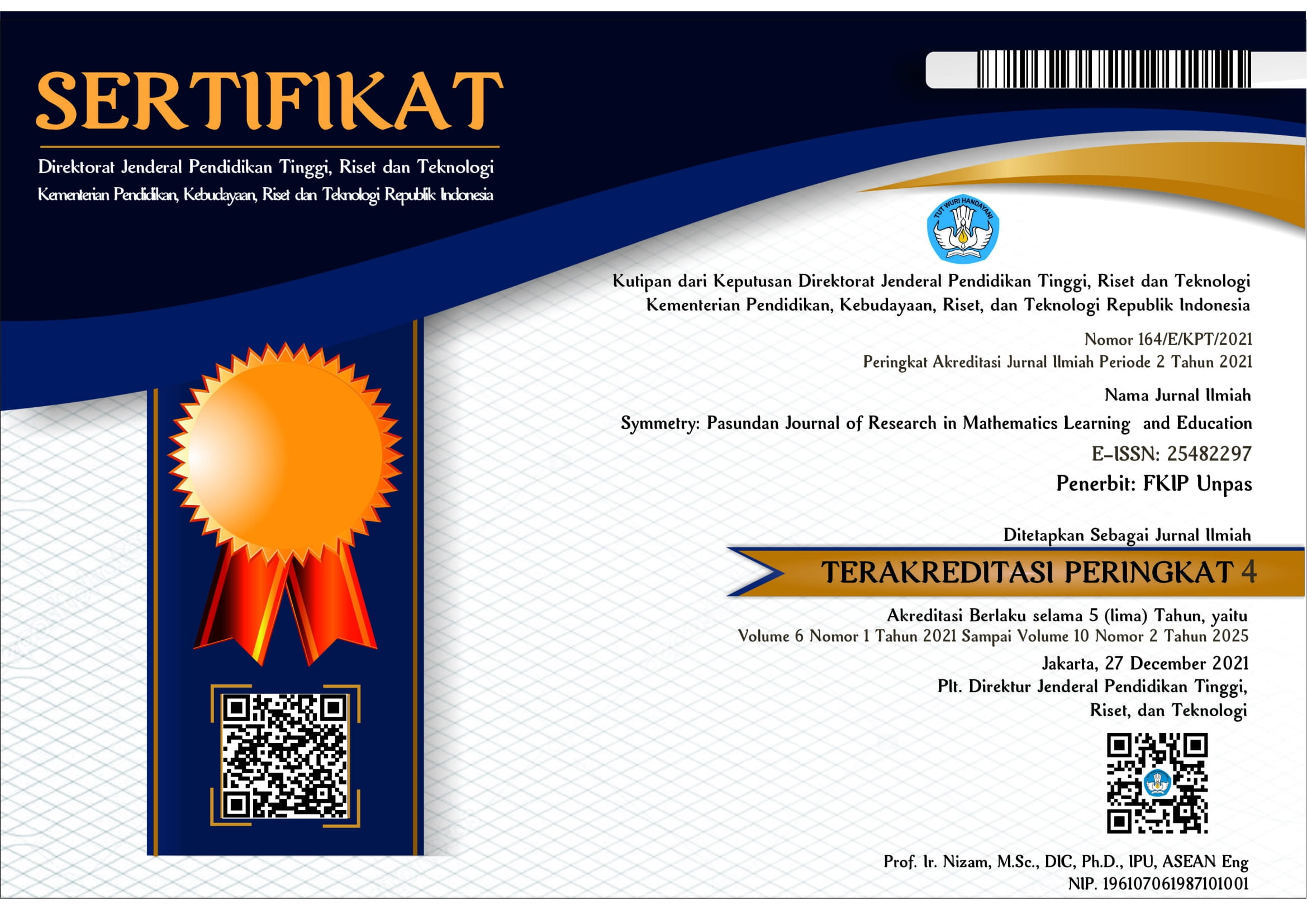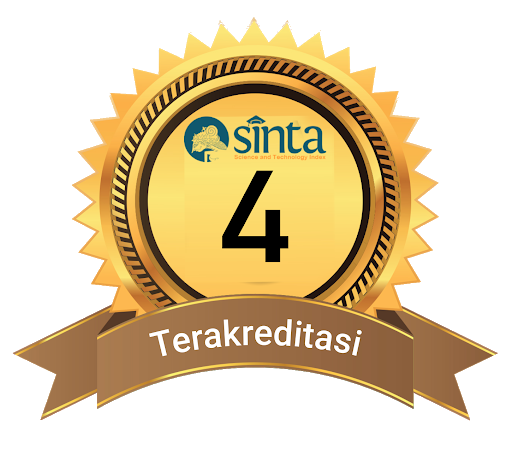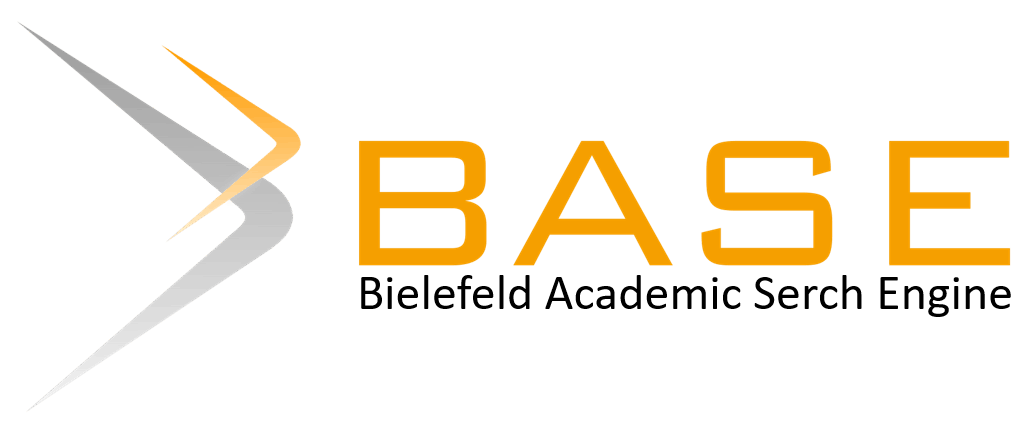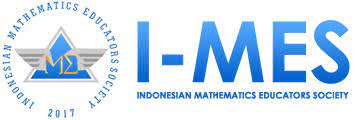PENINGKATAN KEMAMPUAN PENALARAN MATEMATIS MENGGUNAKAN MODEL PEMBELAJARAN PACE DENGAN KONTEKS KEMARITIMAN PADA SISWA KELAS VIII SMP
DOI:
https://doi.org/10.23969/symmetry.v9i2.16319Abstract
This research was carried out to see the difference in improvement in students' mathematical reasoning abilities when the Project, Activity, Cooperative learning, Exercise (PACE) learning model was applied in a maritime context compared to conventional learning methods. This research used a quasi-experiment design on class VIII students at SMP Negeri 1 Bintan, covering classes VIIIA to VIIIH with sampling using cluster sampling techniques and it was found that class VIIIH was the class that received treatment or the experimental class and VIIIG was the control class. Data was collected through observation sheets. and a test of 5 questions in the form of questions describing tests of mathematical reasoning abilities. The results of data processing showed that students in the classes that received treatment had increased their mathematical reasoning abilities with an average increase of 0.378. In contrast, students in the control class had an average increase of 0.25. Based on this, it was found that students who were treated with the PACE learning model in the maritime context showed a higher increase in mathematical reasoning abilities compared to the conventional model.
Downloads
References
Antonius, S. (2021). Meningkatkan kemampuan penalaran matematis siswa melalui pendekatan kontekstual di SMP Negeri 1 Telukdalam. JURNAL EDUCATION AND DEVELOPMENT, 9(2), 611–615. https://journal.ipts.ac.id/index.php/ED/article/view/2945
Ary, D., Jacoss, L. C., Sorensen, C., & Razavieh, A. (2010). Introduction to Research in Education. Nerlson Education.
Burais, L., Ikhsan, M., & Duskri, M. (2016). Information asymmetry, market liquidity and the depreciation of residential property. Jurnal Didaktik Matematika, 3(1), 77–86. https://doi.org/http://dx.doi.org/10.30870/jppm.v15i2.15636
Hafriani. (2021). Mengembangkan kemampuan dasar matematika siswa berdasarkan nctm melalui tugas terstruktur dengan menggunakan ict (developing the basic abilities of mathematics students based on NCTM through structured tasks using ICT.). Jurnal Ilmiah Didaktika, 22(1), 63–80. https://doi.org/http://dx.doi.org/10.22373/jid.v22i1.7974
Hendriana, H., Rohaeti, E. E., & Sumarmo, U. (2017). Soft skill dan hard skill matematik siswa (1st ed.). Rafika Aditama.
Lee, C. (1999). An Assesment of the PACE Strategy for an introduction statistics Course. Central Michigan University.
Masykur, R. (2019). Teori dan telaah pengembangan kurikulum. CV. Anugrah Utama Raharja. CV. Anugrah Utama Raharja.
Muslimin, M., & Sunardi, S. (2019). Analisis kemampuan penalaran matematika siswa SMA pada materi geometri ruang. Kreano, Jurnal Matematika Kreatif-Inovatif, 10(2), 171–178. https://doi.org/10.15294/kreano.v10i2.18323
Pristiwanti, D., Badariah, B., Hidayat, S., & Dewi, R. S. (2022). Pengertian pendidikan. Jurnal Pendidikan Dan Konseling (JPDK), 4(6), 1707–1715. https://doi.org/https://doi.org/10.31004/jpdk.v4i6.9498
Raharjo, S., Saleh, H., & Sawitri, D. (2020). Analisis kemampuan penalaran matematis siswa dengan pendekatan open–ended dalam pembelajaran matematika. Paedagoria: Jurnal Kajian, Penelitian Dan Pengembangan Kependidikan, 11(1), 36–43. https://doi.org/10.31764/paedagoria.v11i1.1881
Rahman, A. A., & Yunita, A. (2018). Penerapan model pembelajaran PACE untuk meningkatkan kemampuan pembuktian matematika siswa di kelas VII SMP pada materi geometri. Maju, 5(1), 27–38.
Romsih, O., Yuhana, Y., & Nindiasari, H. (2019). Peningkatan kemampuan penalaran matematis siswa melalui problem posing ditinjau dari tahap perkembangan kognitif siswa. SJME (Supremum Journal of Mathematics Education), 3(1), 37–46.
Siswondo, R., & Agustina, L. (2021). Penerapan Strategi Pembelajaran Ekspositori untuk Mencapai Tujuan Pembelajaran Matematika. Himpunan: Jurnal Ilmiah Mahasiswa Pendidikan Matematika, 1(1), 33–40. http://jim.unindra.ac.id/index.php/himpunan/article/view/3155
Syawahid, M., & Putrawangsa, S. (2017). Kemampuan literasi matematika siswa SMP ditinjau dari gaya belajar. Beta: Jurnal Tadris Matematika, 10(2), 222–240. https://doi.org/10.20414/betajtm.v10i2.121
Wibowo, A. (2017). Pengaruh pendekatan pembelajaran matematika realistik dan saintifik terhadap prestasi belajar, kemampuan penalaran matematis dan minat belajar. Jurnal Riset Pendidikan Matematika, 4(1), 1–10. https://doi.org/10.21831/jrpm.v4i1.10066
Yusdiana, B. I., & Hidayat, W. (2018). Analisis kemampuan penalaran matematis siswa SMA ada materi limit fungsi. JPMI (Jurnal Pembelajaran Matematika Inovatif), 1(3), 409. https://doi.org/https://doi.org/10.22460/jpmi.v1i3.p409-414
Downloads
Published
Issue
Section
License
Copyright (c) 2024 Symmetry: Pasundan Journal of Research in Mathematics Learning and Education

This work is licensed under a Creative Commons Attribution 4.0 International License.
Hak Cipta sepenuhnya ditangan jurnal.



















